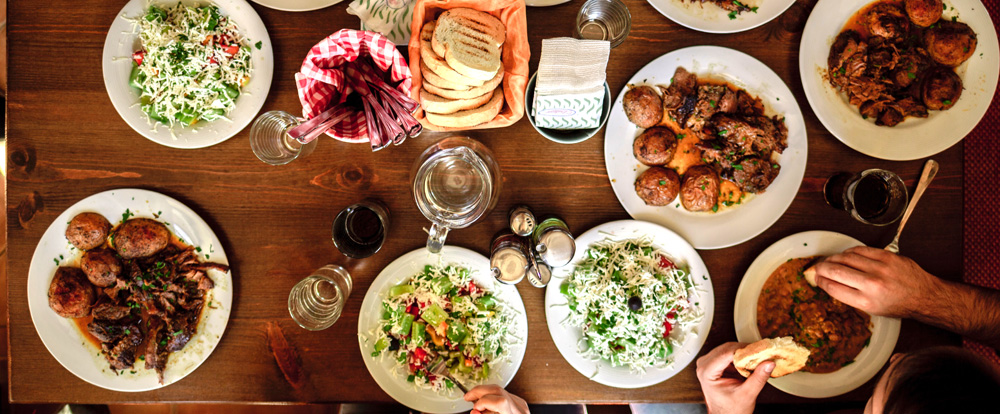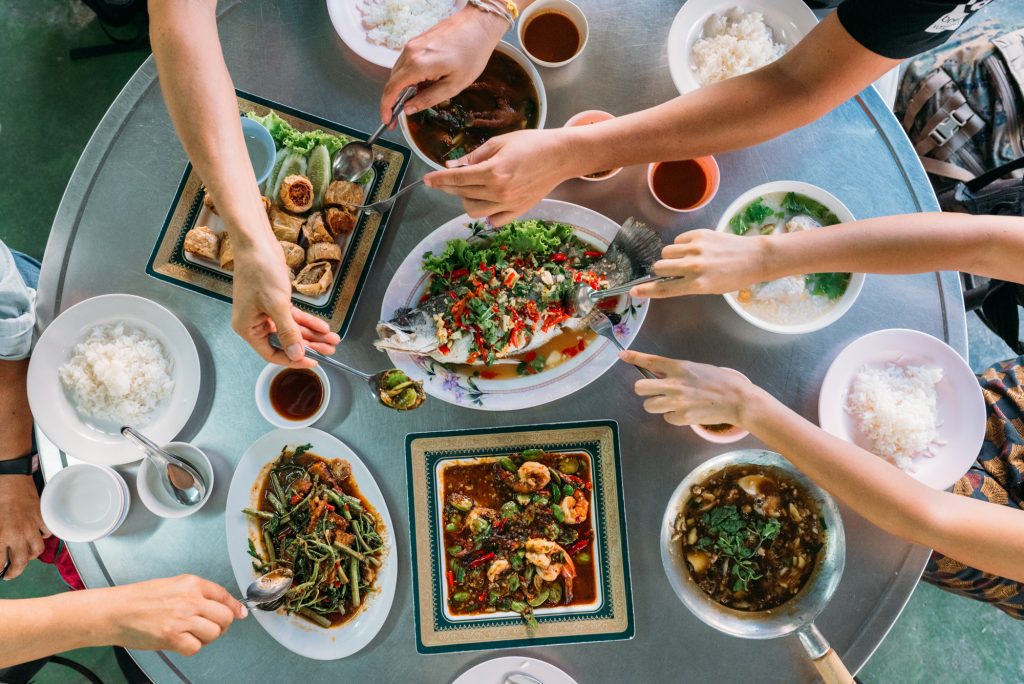Hanoi Food Tour: From Pho to Banh Mi, Preference Hanoi's Classics
Hanoi Food Tour: From Pho to Banh Mi, Preference Hanoi's Classics
Blog Article
Discover Hanoi's Best Street Eats on a Regional Food Tour
Hanoi's culinary landscape is a lively tapestry woven from centuries of practice and development, ideal experienced via a neighborhood food trip. This immersive trip not only introduces you to legendary road foods such as pho and banh mi but additionally provides insights into the cultural relevance behind each dish. Directed by educated locals, participants can browse the busy markets and hidden restaurants that specify the city's gastronomic identification. As you start this exploration, one need to consider what other flavors and stories await exploration in the heart of Hanoi's streets.
Why Pick a Food Trip
Starting a food excursion in Hanoi uses an immersive experience that transcends plain eating; it is an expedition of the city's rich culinary heritage (hanoi food tour). Such scenic tours supply a structured yet flexible technique to experiencing the lively food scene, directing participants via dynamic markets and local restaurants that could otherwise go unnoticed
Selecting a food excursion allows travelers to take advantage of the experience of neighborhood overviews that possess thorough understanding of the region's cooking history and customs. These guides not only present participants to authentic dishes but likewise share the tales behind each dish, boosting the general experience. Additionally, food tours commonly consist of exclusive tastings, allowing individuals to appreciate meals made from dishes given through generations.
For those reluctant to navigate the city's complicated road food scene alone, a food trip gives peace of mind, making certain security and convenience while discovering. Ultimately, picking a food excursion is an alternative method to understanding and appreciating Hanoi's cooking landscape.
Must-Try Road Foods
When exploring Hanoi's culinary landscape, there are numerous must-try street foods that truly capture the significance of the city. One ultimate meal is Phở, an aromatic noodle soup made with beef or hen, fresh herbs, and a rich brew simmered for hours - hanoi food tour. This legendary dish is often delighted in at breakfast yet is precious throughout the day
An additional fave is Bánh mì, a tasty Vietnamese sandwich that marries a crispy baguette with a medley of fillings, consisting of meats, marinaded vegetables, and cilantro, all improved by a sprinkle of chili sauce.
For a snack, Gỏi cuốn, or fresh spring rolls, offer a revitalizing ruptured of flavor covered in rice paper, typically loaded with shrimp, herbs, and vermicelli noodles, offered with a zesty peanut sauce.
Chả cá Lã Vọng is one more essential experience, showcasing seasoned fish smoked to excellence and offered with vermicelli noodles, fresh herbs, and an unique dipping sauce.
Popular Food Trip Routes
How can one genuinely experience the vibrant street food culture of Hanoi? One reliable method is to start a led food excursion that showcases the most preferred routes via the city. These tours typically start in the Old Quarter, where suppliers line the roads with tantalizing offerings such as pho, banh mi, and bun cha. As participants meander through the dynamic streets, they are presented to regional specializeds that capture the essence of Vietnamese cuisine.
Another remarkable course is the French Quarter, which mixes colonial architecture with contemporary dining. Below, food trips may highlight blend recipes that pay tribute to conventional recipes while including contemporary techniques.
For those looking for a much more authentic experience, the Dong Da area supplies a peek into neighborhood life, including concealed gems where homeowners flock for their daily meals. (hanoi food tour)
Furthermore, tours can reach the lively night markets, where the atmosphere is active with the noises and gives off street food. Each path provides an unique viewpoint, guaranteeing that participants not just appreciate delicious meals but also get insight right into the society and history that shapes Hanoi's cooking landscape.
Tips for Your Food Trip
To optimize your experience on a food tour in Hanoi, prep click site work is vital. Begin by researching the various food excursion alternatives offered, as various scenic tours might accommodate dietary constraints and different preferences. Consider your personal preferences and go with a scenic tour that highlights the meals you are most anxious to try.
Dress conveniently and suitably for the weather, as you might spend substantial time strolling between quits. Comfy shoes is important to navigate the busy streets and alleys of Hanoi. An excellent traveling insurance coverage policy is also a good idea, covering any type of unforeseen circumstances.
Bring a little quantity of cash money, as several local suppliers may decline credit scores cards. Be conscious of hygiene; go with stalls that are busy and well-frequented, as this typically shows quality and top quality. Additionally, don't hesitate to engage with your overview, asking concerns regarding the food and regional customs; their understandings will certainly improve your understanding of the culinary landscape.

Regional Insights and Stories
In the heart of Hanoi's vibrant roads, neighborhood understandings and stories weave an abundant tapestry that boosts the street food experience. Each supplier has a distinct narrative, usually rooted in household traditions passed down with generations. A humble pho stall might be run by a grandmother who has refined her broth recipe over decades, sharing stories of exactly how her cooking trip started throughout the Vietnam Battle.
Engaging with these vendors not only adds taste to the dish however additionally fosters a deeper understanding of the cultural significance of each recipe. Street food in Hanoi is not merely food; it embodies the city's background, resilience, and communal spirit. Locals typically gather around food stalls, developing a sense of belonging and friendship great site that visitors are invited to join.
Additionally, lots of dishes reflect the area's farming bounty, from fresh herbs to locally sourced meats, showcasing the connection in between individuals and their land. As you savor a dish of bun cha or banh mi, take into consideration the stories behind the active ingredients and the hands that crafted them. These neighborhood understandings transform a simple dish right into a memorable culinary trip with the heart of Hanoi.

Final Thought
Finally, a neighborhood food scenic tour in Hanoi presents an exceptional opportunity to experience the city's rich cooking landscape. By involving with knowledgeable overviews and connecting with road vendors, participants gain beneficial understandings into cooking approaches and traditional recipes. The exploration of busy markets and covert treasures boosts the overall experience, making it a must for any cooking fanatic. Such excursions not just highlight famous road foods however also cultivate a much deeper gratitude for Hanoi's vivid food society.
Hanoi's culinary landscape is a vivid tapestry woven from centuries of tradition and development, ideal experienced via a neighborhood food scenic tour. For those hesitant to browse the city's complex road food scene alone, a food excursion gives peace of mind, ensuring security and convenience while checking out. Begin by looking into the numerous food excursion choices offered, as various scenic tours may cater to dietary constraints and various choices.In conclusion, a local food tour in Hanoi provides an exceptional possibility to experience the city's abundant culinary landscape. Such hanoi food tour scenic tours not only highlight renowned road foods yet likewise foster a deeper admiration for Hanoi's vivid food culture.
Report this page